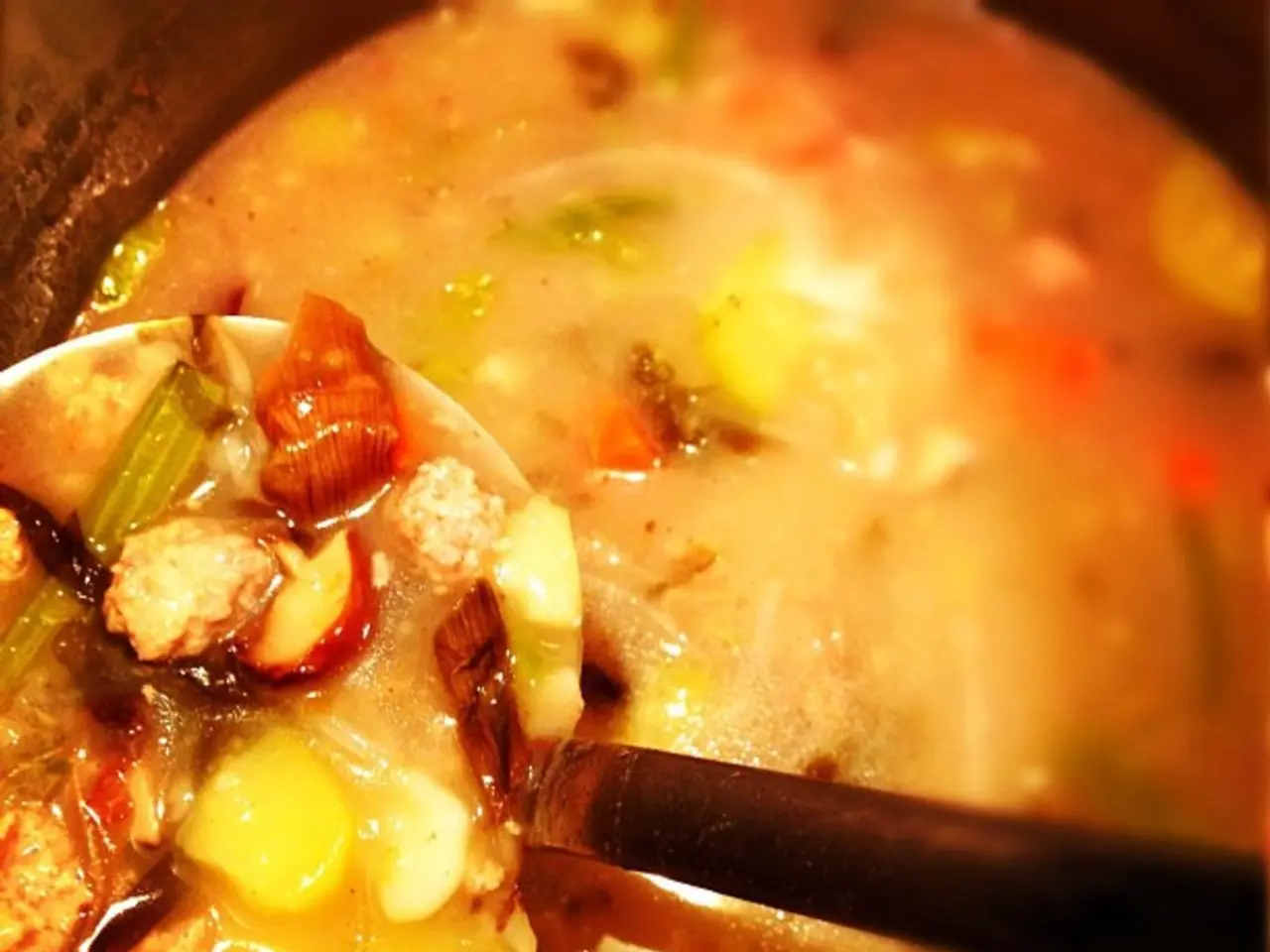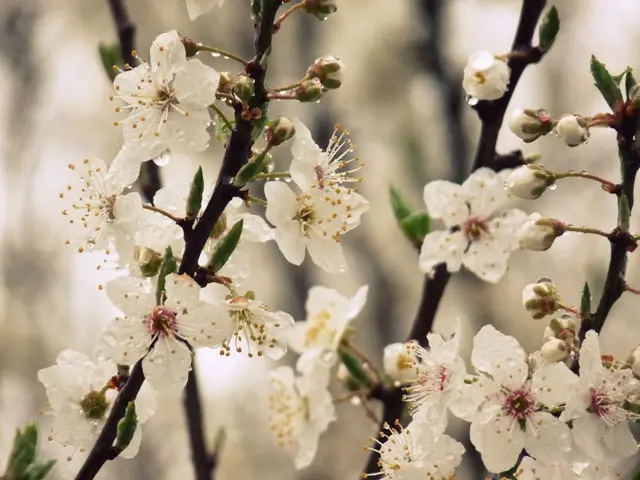Exploring the Distinctive Tastes of Malaysian Cuisine: A Journey Through Regional Flavors
In the heart of Southeast Asia, the vibrant nation of Malaysia boasts a rich culinary landscape that is a testament to its multicultural heritage and geographical diversity. From the bustling streets of Kuala Lumpur to the picturesque islands off the coast, each region offers a unique interpretation of traditional dishes, creating a remarkable tapestry of flavours that defines Malaysian cuisine.
The proximity to Singapore has created shared culinary traditions, but Malaysia has developed its own specialties. One such example is Laksa Johor, a dish that uses spaghetti instead of rice noodles, setting it apart from its Singaporean counterpart.
Penang, often dubbed Malaysia's food capital, showcases this fusion most dramatically. The state's signature dish, Assam Laksa, demonstrates how Malaysian cuisine adapts foreign influences while using local fish and tamarind to create something uniquely Penangite.
Klang Valley and Selangor represent Malaysian cuisine's most cosmopolitan expression, where traditional recipes meet modern influences while preserving authentic preparations. Curry laksa, a prominent dish in this region, is characterised by yellow alkalized egg noodles or rice vermicelli, deep-fried tofu, cockles, long beans, and mint.
Sarawak, located in East Malaysia, offers another distinct culinary identity. Sarawak Laksa represents the state's most famous contribution to Malaysian cuisine, with a clear broth, distinctive prawns, and local herbs. The broth's complexity and use of ingredients like omelette and coriander sprouts demonstrate East Malaysia's adaptation of laksa differing significantly from peninsular versions.
Malaysian Chinese cuisine, rooted in Fujian, Cantonese, Hakka, and Teochew traditions, but localized, includes dishes like oyster omelette without thick gravy and chili pan mee with minced pork and special chili flakes. This reflects how Chinese sub-ethnic groups in different parts of Malaysia have adapted their dishes using local ingredients and tastes.
Specific places like the island of Pangkor have their own laksa variants with clear seafood stock and added vegetables during festive seasons, highlighting localized seafood-centric cooking.
These regional culinary identities are shaped by Malaysia's multicultural population and geography, with coastal and island regions highlighting seafood and spice blends, peninsular urban areas focusing on noodle-rich street food, and East Malaysia offering unique spice mixes and ingredients.
The diversity of Malaysian cuisine arises from the fusion and adaptation of Malay, Chinese, Indian, and indigenous culinary traditions varying by region, resulting in distinctive dishes and flavor profiles unique to each area.
Malaysia's geographical position along ancient spice routes created the perfect conditions for culinary fusion. Chinese immigration introduced stir-frying techniques and noodle culture, which evolved distinctly from its mainland origins as immigrants adapted recipes using locally available ingredients.
The result is a cuisine that's simultaneously familiar yet entirely original, where Chinese stir-frying meets Malay spice pastes, and Indian curries embrace tropical coconut milk. Mamak stalls serve as important social spaces where people from different backgrounds gather throughout the day and night.
Colonial periods under Portuguese, Dutch, and British rule added another layer of complexity with new ingredients and preservation techniques. The concept of chap fan (mixed rice) allows diners to sample multiple dishes while sharing with others, creating opportunities for cultural exchange through food.
Festival foods showcase how different communities adapted their traditional celebrations to Malaysian contexts, such as Chinese New Year dishes incorporating tropical fruits and local ingredients. Sabah and Sarawak offer Malaysian cuisine's most unique regional variations, with indigenous communities developing cooking techniques using jungle ingredients unavailable elsewhere.
Fermented Flavor Enhancers like belacan and tau cheo add umami depth that sets Malaysian cuisine apart. The Coconut Foundation is essential in Malaysian cuisine, serving as the creamy foundation for countless dishes. An aromatic herb trio (lemongrass, galangal, kaffir lime leaves) form another pillar of Malaysian cuisine.
The traditional tumis technique - slowly cooking spice pastes until oils separate and fragrances bloom - creates the deep, complex base flavours that make dishes like rendang and curry so satisfying. Rendang showcases Malaysian cuisine's complexity and patience-required cooking techniques, with hours of slow cooking to achieve proper texture and flavor development.
In conclusion, Malaysian cuisine is a celebration of diversity and unity, a harmonious blend of flavours and traditions that reflects the country's multicultural harmony. Each bite offers a journey through the rich tapestry of Malaysia's history and culture, making it an unforgettable culinary experience for any traveller.
- Exploring the various regions of Malaysia reveals a unique fusion of ingredients during the cooking process, from the seasides and islands offering an abundance of seafood and spice blends to peninsular urban areas bursting with noodle-rich street food.
- The traditional techniques used in Malaysian cooking, such as the tumis method of slowly cooking spice pastes, result in deep, complex flavors found in dishes like rendang and curry, showcasing the patience required in preparing these mouthwatering dishes.
- Each region in Malaysia showcases its own interpretation of traditional dishes, creating a remarkable tapestry of flavors that defines the country's vibrant culinary identity, ranging from hearty recipes to refreshing drinks.
- In the heart of this culinary landscape, it's evident that Malaysia has developed its own specialties, like Laksa Johor and Penang's famous Assam Laksa, demonstrating the adaptation of foreign influences using local fish, tamarind, and unique ingredients.
- The diversity of Malaysian cuisine is a testament to its multicultural heritage, with Malay, Chinese, Indian, and indigenous traditions merging to create distinctive dishes and flavor profiles found only in each area, from Singapore to Sabah and Sarawak.
- From the bustling streets of Kuala Lumpur to the picturesque islands off the coast, food travelers embarking on a journey through Malaysia will delight in both familiar and entirely original tastes, experiencing a harmonious blend of flavors and cultures that will leave an indelible mark on the palate.




